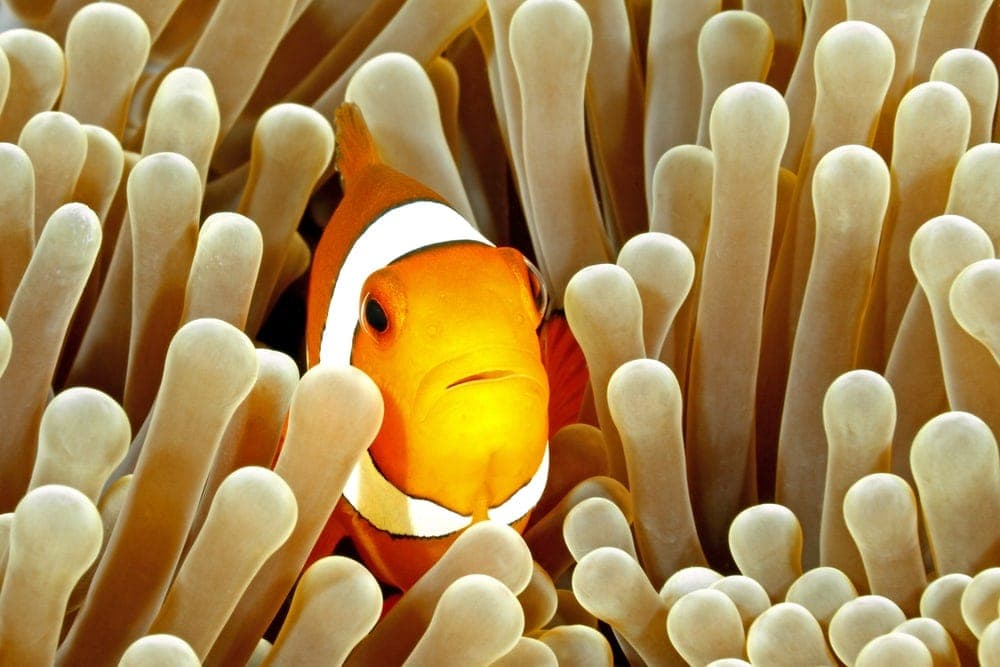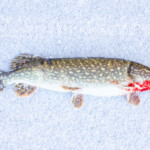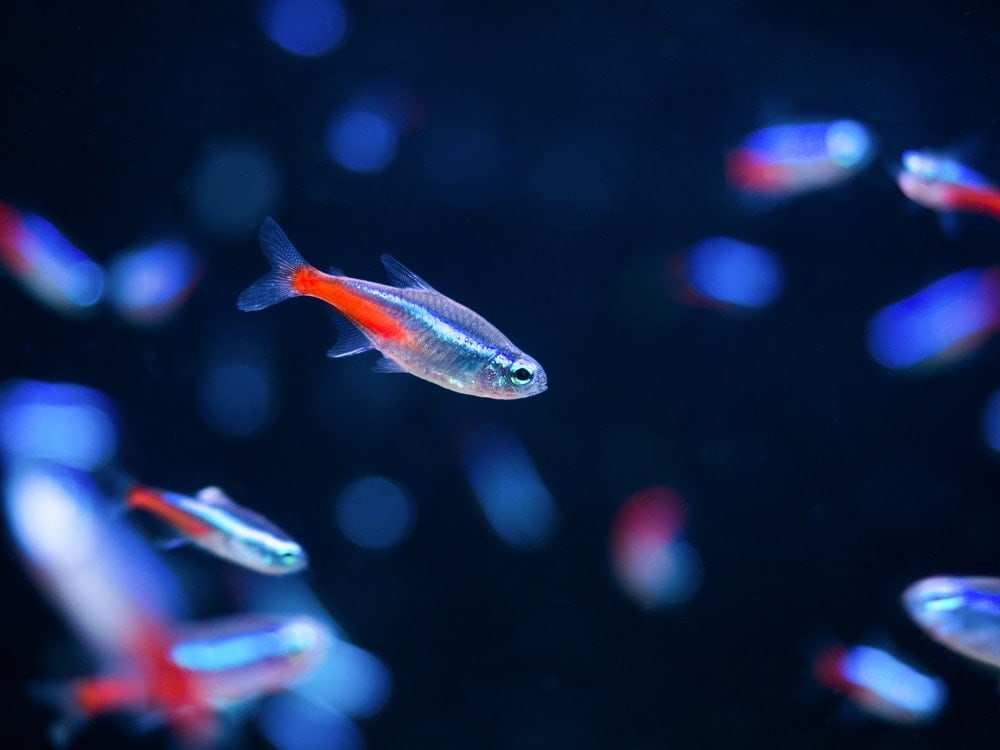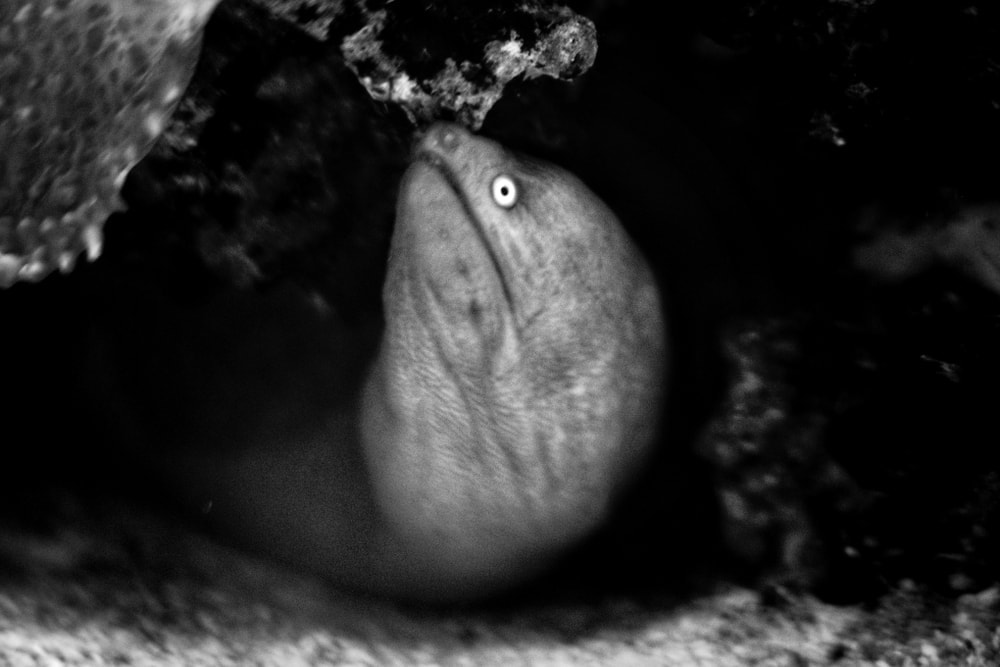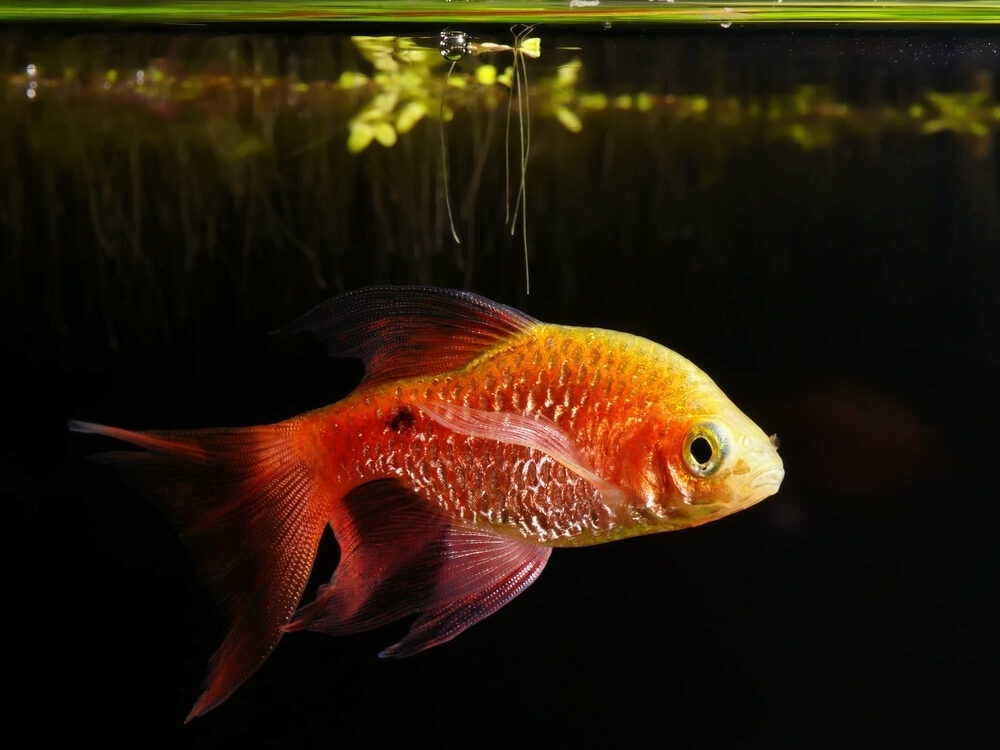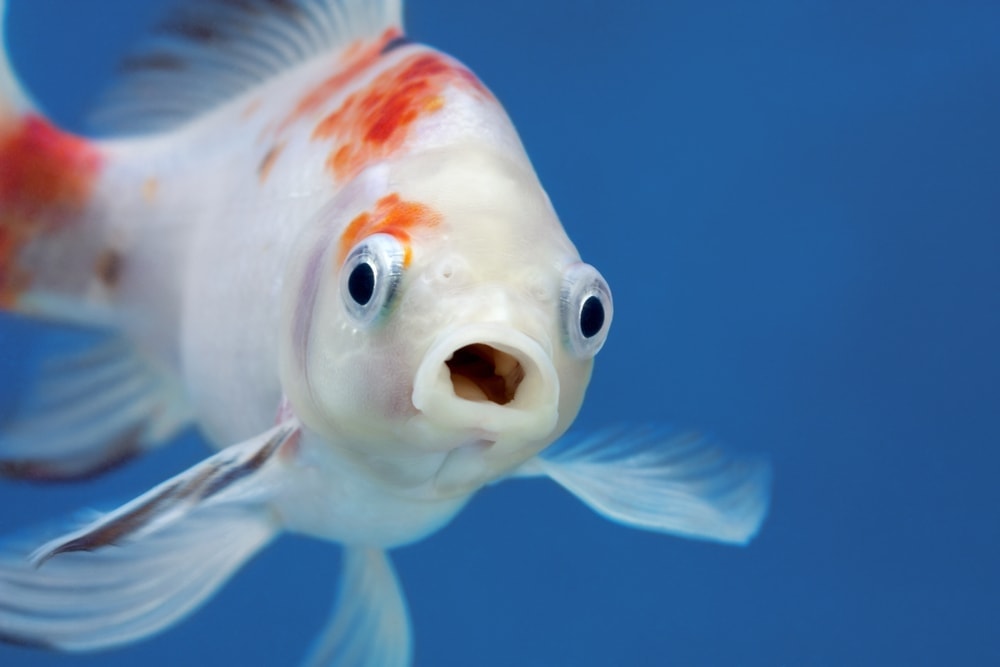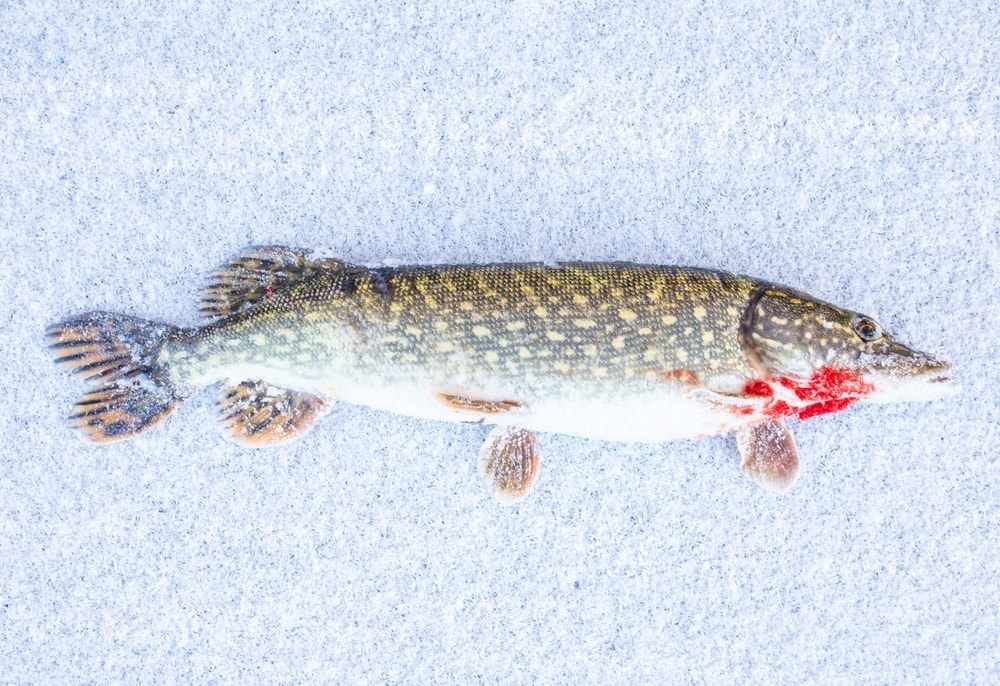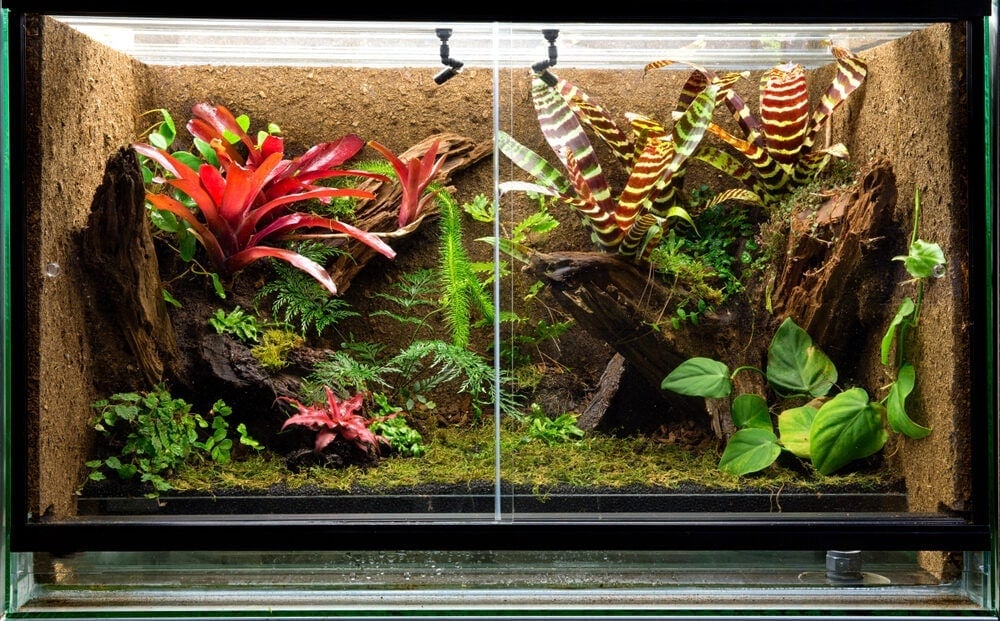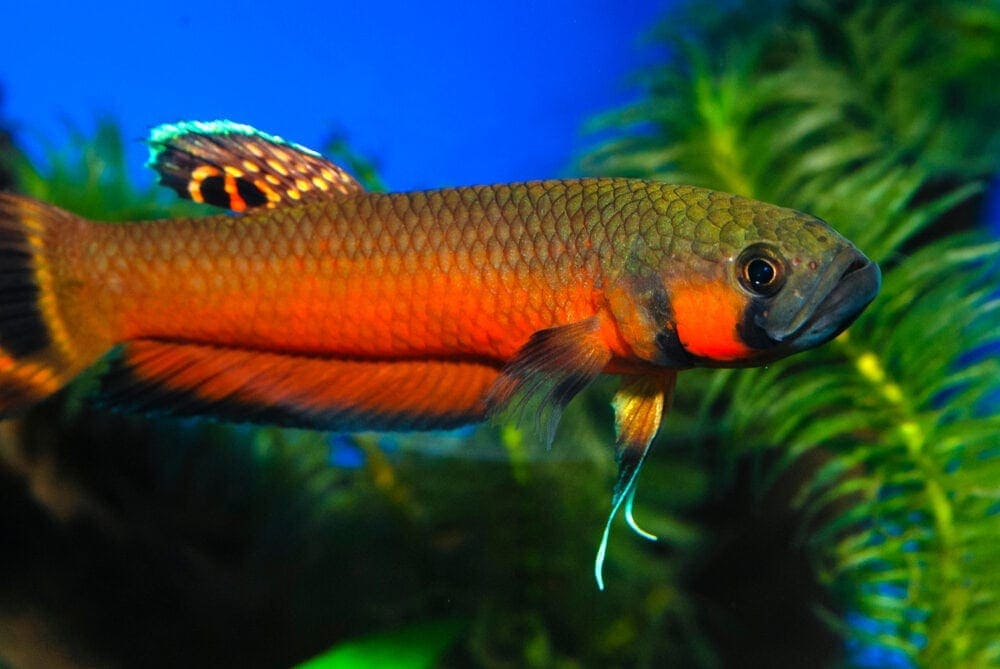Clownfish are those small, brightly, colored fish that can be found in sheltered reefs or lagoons. You will find them in the wild in the warmer waters of the Indian and Pacific Ocean.
Their body is bright orange with thin areas of black around the areas of white. They are about four and a half inches in length. Clownfish are not livebearers but lay eggs that the male clownfish will fertilize.
Clownfish Breeding
When the female clownfish is ready to produce eggs, she will become bigger in size, very protective, and aggressive. When she finds a place that is suitable for her eggs she will stay in one place.
The male will then fertilize the eggs and soon they will hatch into larvae and finally, they will turn into baby clownfish. Unfortunately, the fertilization process is not that easy and at times being very difficult.
Since they can be both male and female, when two change into a male and female if one or both should die and or do not breed, then two more clownfish take over and mature into a female or male. They will breed and try for successful fertilization.
How to Help With Fertilization
- Make sure that the diet you are feeding your clownfish is rich in protein and offer them live food, like blood worms. Make sure that you are not over-feeding them.
- Clean their aquarium regularly and check for any levels of toxins and if necessary, remove the toxins.
- When the female is about to lay her eggs, give her open space, and make sure that there is no danger to her to help ease the process of fertilization.
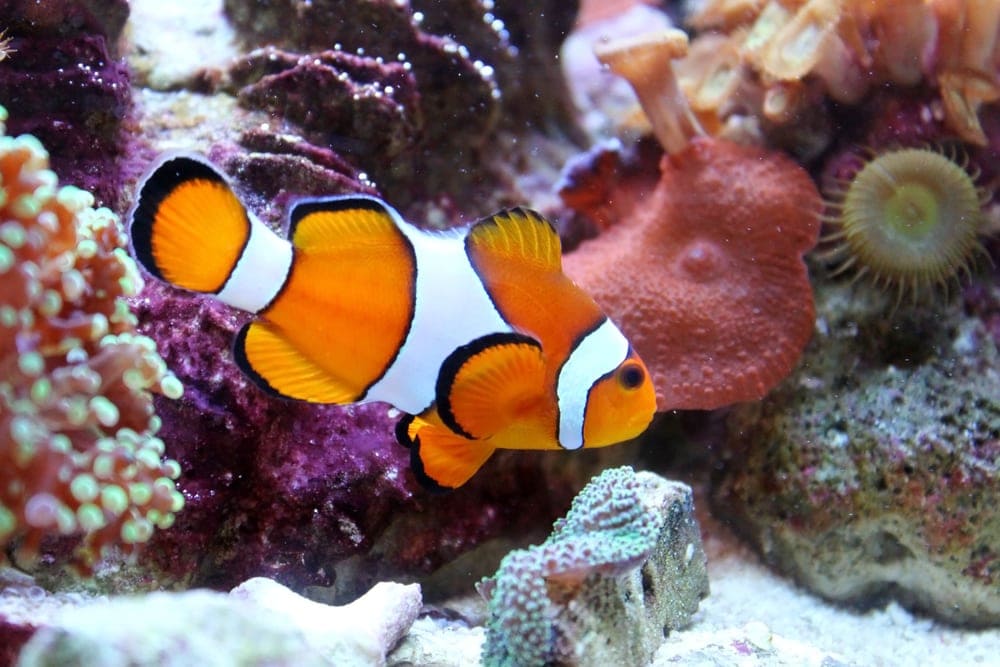
How to Know if Your Clownfish is Pregnant
- Large Abdomen: When the female is producing eggs, their belly becomes large due to the egg-producing organ getting bigger. If you notice that your clownfish is getting larger, she is most likely to be pregnant but you should check for other symptoms too.
- Protrusion: If you look closely at the clownfish, you should see something protruding from both of them but these are nothing to worry about. They are just the sex organs that the clownfish need to start the fertilization process.
- Aggressive Behavior: Clownfish are normally calm, gentle fish but when the female is producing eggs, they will become very aggressive. The female will not let any other organisms or fish come near. She wants to make sure that she has a safe place in which to lay her eggs so the male can fertilize them. When you notice this aggressive behavior it is suggested that you move the other fish to another aquarium except for the clownfish. Do not remove the clownfish as this will hinder the breeding process. Sometimes the female will assert dominance and nip at the male’s fins. This is a sign of sexual maturity and the female wants the male to submit to her.
- Not Very Active: Before she lays her eggs, the female will settle herself to one place so she becomes less active, which is normal. Generally, clownfish are swimming in a happy way.
- Nesting: As she is about to produce eggs, the female will find a nice spot in the aquarium where she can lay her eggs. Having a nesting attitude is common in fish. The female usually looks for a hard smooth surface to lay her eggs. The male clownfish will also stay near the female and help to protect the nest during fertilization. Do not disturb them during this time and let them do what comes naturally to them. The male clownfish will also be helping to make a nest for her by cleaning the area and digging burrows in the gravel at the bottom of the aquarium.

Collecting the Eggs
The fry will hatch in four days and at this time you will want to remove them from the aquarium from where they were born to one where they can grow in peace. The parents will take no part in the care of the fry. The clownfish will protect the eggs but once they hatch, they are done with them.
They will most likely be eaten by their parents. When the clownfish hatch they will look like tiny black specks in the water. If you want, you can try to collect them before they hatch. Sometimes they will lay the eggs on a rock so you can just take the rock out of the aquarium and put it in another one.
Before the eggs are laid, you can try to put down some small tiles and hope they lay the eggs there so you can just remove the tiles and put them in the new aquarium. It is better if you can do it before they hatch because it is hard to catch the larvae once they have hatched.
Protecting the Baby Clownfish
They will have to be fed several times a day. They will start off eating rotifers and then graduate to baby brine shrimp. You want to also make sure that the filter in the new aquarium is a sponge so the fry does not get caught in the filter. To make sure that they survive you have to make sure that the water is pristine and hydro-vacuum it daily.
Conclusion
- Clownfish are hermaphrodites, which means that they have both the female and male sex organs and can grow into either one during their life cycle.
- When you add clownfish to your aquarium, two of them would develop sex organs with one being female and the other male.
- The eggs very seldom mature into healthy larvae but you may get lucky and get some baby clownfish.
- Watch the area that they have cleaned and if you notice them both swimming quickly across this area for hours, they are laying eggs and fertilizing them.
- Depending on the species of clownfish, the number of eggs they lay can be from a couple of hundred to one thousand.
- The clownfish eggs always hatch at night.
